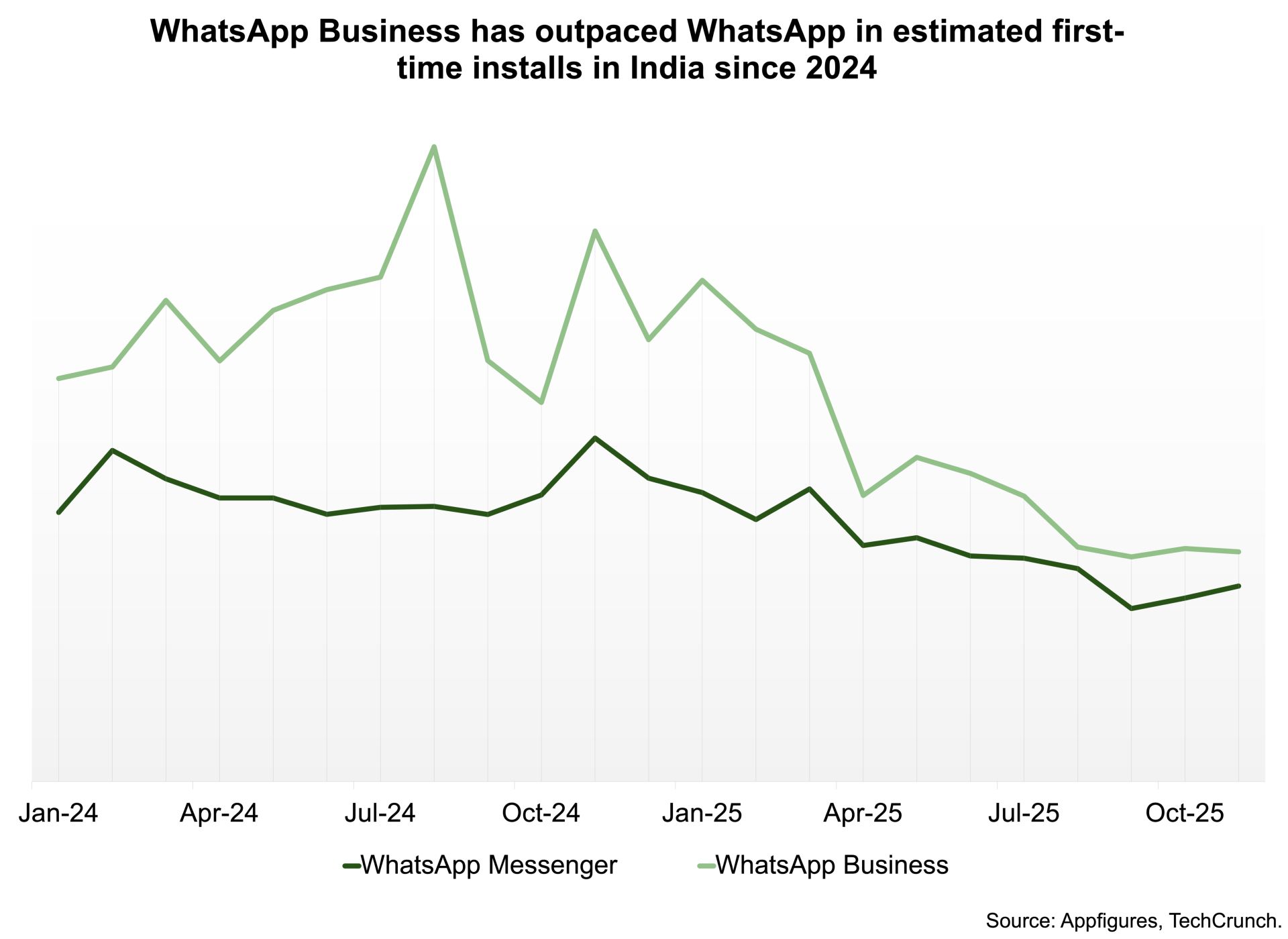Tokenized Credit Fund: BNY Mellon Expands into CLOs
BNY Mellon is advancing its blockchain tokenization strategy with a collateralized loan obligation fund launch, building on its July money market fund initiative with Goldman Sachs in a calculated approach to structured credit.
BNY Mellon is expanding its blockchain-based asset tokenization strategy by launching a collateralized loan obligation fund.
This marks the latest step in the custody bank’s measured approach to bringing traditional financial products on-chain.
BNY Mellon’s Tokenization Strategy: From Money Markets to CLOs
The Securitize Tokenized AAA CLO Fund, announced on Wednesday, will provide institutional investors access to AAA-rated floating-rate collateralized loan obligations on the Ethereum network. BNY will serve as custodian while its subsidiary, Insight Investment, handles portfolio management.
BNY Mellon’s approach reflects a deliberate sequencing strategy adopted by several large financial institutions entering the tokenization space. The bank partnered with Goldman Sachs three months ago to launch tokenized money market funds on Goldman’s Digital Asset Platform.
This enabled institutional clients to hold blockchain-based representations of fund shares from Fidelity, and other asset managers. The move revealed a methodical progression from simpler to more complex instruments.
Securitize announced the launch as “the first tokenized fund focused on AAA-rated CLOs, bringing institutional-grade structured credit onchain.”
6/ With over $1 trillion in global CLO issuance, this fund represents a new way for institutional credit to move onchain, reducing onboarding friction while enabling faster, programmable access.
— Securitize (@Securitize) October 29, 2025
Money market funds represent a relatively straightforward tokenization use case. Their underlying assets are liquid, standardized, and subject to well-established regulatory frameworks, making them a logical entry point for institutions testing blockchain infrastructure.
Collateralized loan obligations present additional complexity. CLOs bundle corporate loans into tranches with varying risk profiles. They require sophisticated monitoring of loan performance, cash flow structures, and credit quality metrics. The $1.3 trillion global CLO market involves multiple parties, including originators, servicers, trustees, and rating agencies. Each requires coordination and data access.
By moving from money market funds to CLOs, BNY demonstrates confidence in managing more intricate tokenized structures. The bank maintains institutional custody and compliance standards expected by regulators and investors.
Structured Credit Tokenization and Risk Management
Traditional financial institutions face distinct challenges when implementing blockchain technology compared to crypto-native firms. Legacy systems must integrate with new infrastructure. Regulatory frameworks designed for conventional markets must be adapted. Institutional clients require the same security standards they expect from traditional products.
BNY’s structured credit tokenization approach addresses these concerns through controlled expansion. The bank maintains traditional recordkeeping systems alongside blockchain-based tokens, ensuring continuity if technical issues arise.
Custody arrangements remain under established legal frameworks, providing institutional investors with familiar protections. Settlement occurs through permissioned networks rather than fully public blockchains, allowing for oversight and intervention if necessary.
This approach allows banks to capture efficiency benefits—faster settlement, reduced reconciliation costs, and programmable features—while maintaining risk controls. Smart contracts can automate cash flows and corporate actions, but ultimate authority remains with regulated custodians. The model contrasts with rapid experimentation, which is common in decentralized finance. Protocols there launch with minimal barriers but face heightened security and regulatory risks.
Tokenized Credit Market Outlook and Industry Competition
The CLO fund launch positions BNY within a broader competitive landscape around institutional tokenization. Goldman Sachs plans to eventually spin off its Digital Asset Platform as an industry-owned infrastructure. Citigroup has established itself as a tokenization agent and custodian on Switzerland’s SDX exchange. BlackRock’s tokenized Treasury fund has grown significantly across crypto-linked products.
Prominent asset managers and custody banks are converging on similar tokenized credit strategies. They begin with liquid, standardized instruments, develop operational expertise, and then expand to more complex products. Carlos Domingo, chief executive of Securitize, which has issued $4.5 billion in tokenized assets, characterized the CLO fund as a step toward making high-quality credit more accessible. The company announced plans to merge with Cantor Equity Partners II at a $1.25 billion valuation this week.
The news are out! @Securitize has filed to go public in Nasdaq via a merger with Cantor Equity Partners II lead by @Brandonlutnick at a $1.25B valuation 🦄🦄🦄
— Carlos Domingo (@carlosdomingo) October 28, 2025
Boston Consulting Group and Ripple estimated the tokenized real-world asset market could reach $18.9 trillion by 2033, up from approximately $35 billion currently.
However, significant challenges remain, including cross-border regulatory coordination, evolving legal frameworks, and operational risks. These include network congestion and key management security. The measured pace of institutional adoption reflects these realities. Banks pursue targeted use cases where blockchain provides clear advantages while risks remain manageable.
Disclaimer: The content of this article solely reflects the author's opinion and does not represent the platform in any capacity. This article is not intended to serve as a reference for making investment decisions.
You may also like
How iRobot Strayed from Its Original Path
WhatsApp’s largest user base is now presenting its greatest challenge

Assessing Bitcoin’s Price Movement in Light of Macroeconomic Changes and Positive ETF Sentiment in November 2025
- Bitcoin faces macroeconomic headwinds in 2025, with Fed tightening causing a 15% crypto market cap drop, but ETF approvals drove 45% growth in institutional Bitcoin ETF AUM to $103B. - Institutional investors navigate $81k-$91k Bitcoin consolidation, balancing Fed policy risks against 68% adoption rates and regulatory clarity from EU MiCA and U.S. GENIUS Act. - Strategic entry strategies include core positions at $85k-$87k support, hedging with stablecoins/altcoins, and timing Fed rate cut expectations t

Moonbirds to launch BIRB token in early Q1 2026

